All Blogs

Non-Maximum Suppression in PyTorch: How to Select the Correct Bounding Box
In certain scenarios, object detection algorithms such as YOLO, Faster R-CNN, and SSD may generate redundant and overlapping bounding boxes. Therefore, to ensure accurate detection results and retain only the most confident ones, it is crucial to implement a mechanism capable of identifying and selecting the most appropriate bounding boxes while discarding the overlapping ones. To achieve this objective, we can use a method called Non-Maximum Suppression (NMS), a post-processing… Read article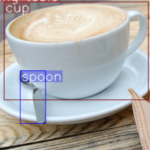
A Simple Guide to Making Transparent Overlay Labels on Object Detection
If you wish to add transparent overlay labels to your detected bounding boxes without covering the underlying image, using transparent text overlay can be a great solution. A transparent text overlay is a text that is overlaid on top of an image with a partially transparent background, allowing the underlying image to show through. To create transparent overlay labels, we can use a technique known as alpha blending. Alpha blending… Read article
COCO Dataset: A Step-by-Step Guide to Loading and Visualizing with Custom Code
Learn the step-by-step process to load and visualize the COCO dataset with custom code. Discover how to prepare the COCO object detection dataset to improve knowledge in object detection algorithm. Read article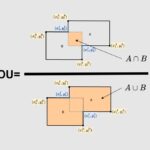
Intersection over Union (IoU): A comprehensive guide
Today, we will cover IoU (Intersection over Union) and how to implement it in Python. If you are new to the field of object detection, understanding of IoU and knowing how to code it can help you gain a deeper understanding of object detection algorithms. This is because IoU is one of key metrics used to evaluate the performance of object detection models and is used to measure the similarity… Read article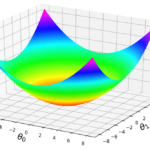
Guide to Gradient Descent Algorithm: A Comprehensive implementation in Python
Let's learn about one of important topics in the field of Machine learning, a very-well-known algorithm, Gradient descent. Gradient descent is a widely-used optimization algorithm that optimizes the parameters of a Machine learning model by minimizing the cost function. Read article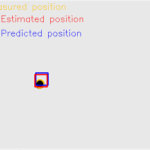
Object Tracking: 2-D Object Tracking using Kalman Filter in Python
In this tutorial, we're going to continue our discussion about the object tracking using Kalman Filter. Specifically in this part, we're going to discover 2-D object tracking. Read article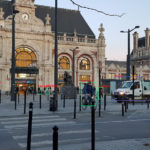
The beginner’s guide to implementing YOLOv3 in TensorFlow 2.0 (part-4)
In part 3, we’ve created a python code to convert the file yolov3.weights into the TensorFlow 2.0 weights format. Now, we’re already in part 4, and this is our last part of this tutorial. In this part, we’re going to work on 3 files, utils.py, image.py and video.py. The file utils.py contains useful functions for […] Read article
The beginner’s guide to implementing YOLOv3 in TensorFlow 2.0 (part-3)
In part 2, we’ve discovered how to construct the YOLOv3 network. In this part 3, we’ll focus on the file yolov3.weights. So, what we’re going to do in part is to load the weights parameters from the file yolov3.weights, then convert them into the TensorFlow 2.0 weights format. Just to remain you that, the file […] Read article
The beginner’s guide to implementing YOLOv3 in TensorFlow 2.0 (part-2)
In part 1, we've discussed the YOLOv3 algorithm. Now, it's time to dive into the technical details of the Yolov3 implementation in Tensorflow 2. Read article
